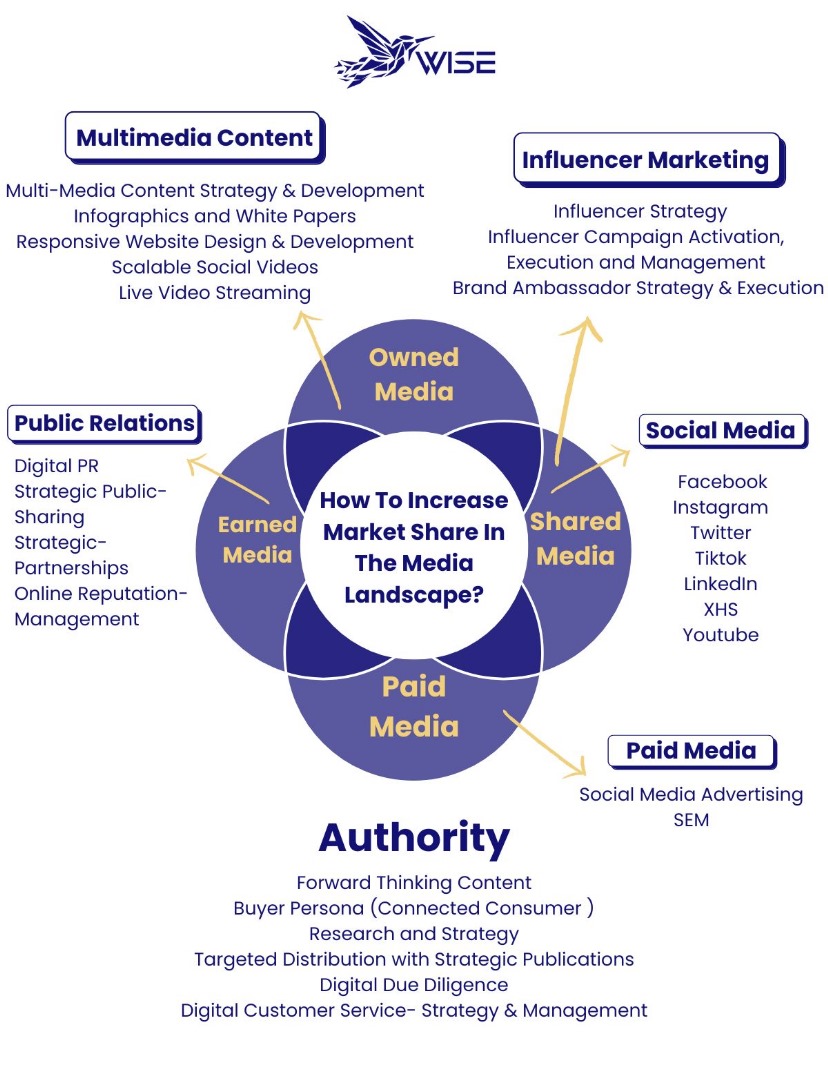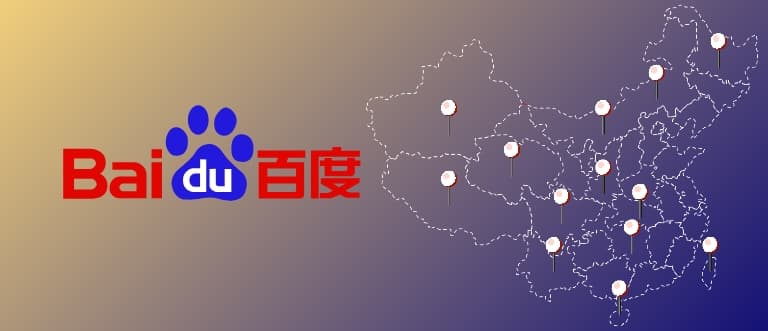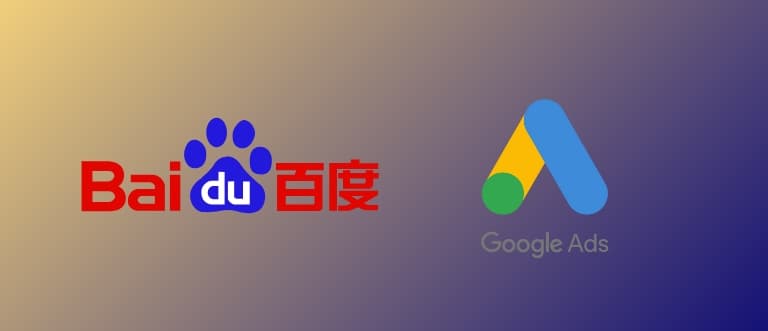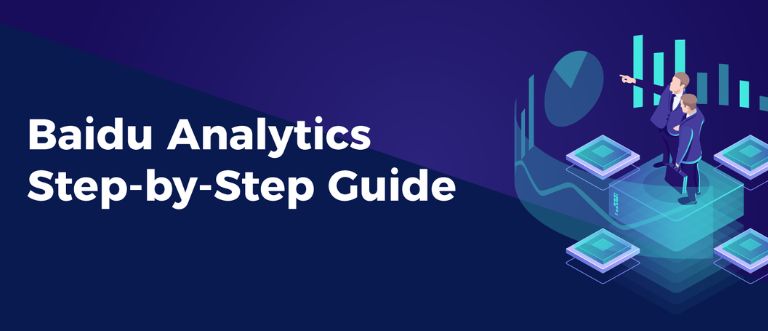
In today’s competitive media landscape, increasing market share requires a multifaceted approach that leverages the power of owned, earned, paid, and shared media channels. By strategically deploying these avenues, businesses can expand their reach, engage their audience, and ultimately gain a larger slice of the market pie.
- Owned Media: Maximizing Multimedia Content
Owned media refers to the content assets that a company owns and controls. In the digital age, multimedia content has emerged as a potent tool for capturing audience attention and driving engagement. Here’s how to make the most of it:
- Diversify Content Formats: Embrace a variety of multimedia formats such as videos, infographics, podcasts, and interactive content to cater to different audience preferences. This diversity not only enhances engagement but also increases the chances of your content being shared across various platforms.
- Quality Over Quantity: Focus on creating high-quality multimedia content that offers genuine value to your audience. Whether it’s an insightful video series, an informative podcast, or visually appealing infographics, prioritize content that educates, entertains, or inspires your audience.
- Optimize for Accessibility: Ensure that your multimedia content is accessible to all users, including those with disabilities. Provide captions for videos, transcripts for podcasts, and descriptive alt text for images to make your content inclusive and reach a wider audience.
- Earned Media: Mastering the Art of Public Relations
Earned media refers to publicity gained through promotional efforts other than paid advertising. Public Relations (PR) plays a pivotal role in securing earned media coverage and enhancing brand credibility. Here’s how to excel in this area:
- Build Meaningful Relationships: Cultivate strong relationships with journalists, bloggers, influencers, and other media professionals within your industry. Engage with them authentically, offer valuable insights, and position yourself as a reliable source of information.
- Craft Compelling Stories: Develop compelling narratives that resonate with your target audience and align with your brand values. Whether it’s a press release, a thought leadership article, or a compelling case study, storytelling can help capture media attention and generate positive coverage.
– Monitor and Respond: Stay vigilant and monitor media mentions, both positive and negative. Be proactive in responding to media inquiries, addressing any concerns or criticisms, and seizing opportunities to amplify positive coverage.
- Paid Media: Harnessing the Power of Social Media Advertising
Paid media involves advertising efforts where you pay to promote your content or message. Social media advertising offers a powerful platform for reaching your target audience with precision and scale. Here’s how to leverage it effectively:
– Define Clear Objectives: Set specific goals for your social media advertising campaigns, whether it’s increasing brand awareness, driving website traffic, or generating leads. Align your ad creative, targeting, and messaging with these objectives to maximize effectiveness.
– Audience Targeting: Utilize the robust targeting options available on social media platforms to reach the right audience with your ads. Leverage demographic, behavioral, and interest-based targeting to ensure your ads are seen by those most likely to engage with your brand.
– Test and Optimize: Continuously test different ad formats, creative elements, and targeting parameters to identify what resonates best with your audience. Monitor key metrics such as click-through rates, conversion rates, and return on ad spend (ROAS), and optimize your campaigns accordingly.
- Shared Media: Driving Engagement through Social Media and Influencer Marketing
Shared media refers to content that is shared by users on social media platforms, amplifying its reach and impact. Social media and influencer marketing are key drivers of shared media engagement. Here’s how to capitalize on them:
– Social Media Engagement: Foster a vibrant community around your brand on social media by actively engaging with your audience. Respond to comments, messages, and mentions promptly, and encourage user-generated content (UGC) through contests, challenges, or user spotlight features.
– Influencer Collaboration: Identify relevant influencers within your niche who resonate with your brand values and target audience. Collaborate with them on sponsored content, partnerships, or influencer takeovers to leverage their credibility and reach a wider audience authentically.
– Measure Impact: Track and measure the impact of your shared media efforts by monitoring metrics such as likes, shares, comments, and brand mentions across social media platforms. Analyze the sentiment and engagement levels to gauge the effectiveness of your strategies and refine them accordingly.
By implementing these strategies across owned, earned, paid, and shared media channels, businesses can effectively increase their market share in the dynamic and competitive media landscape. Embrace innovation, stay agile, and prioritize delivering value to your audience to achieve sustained growth and success.


